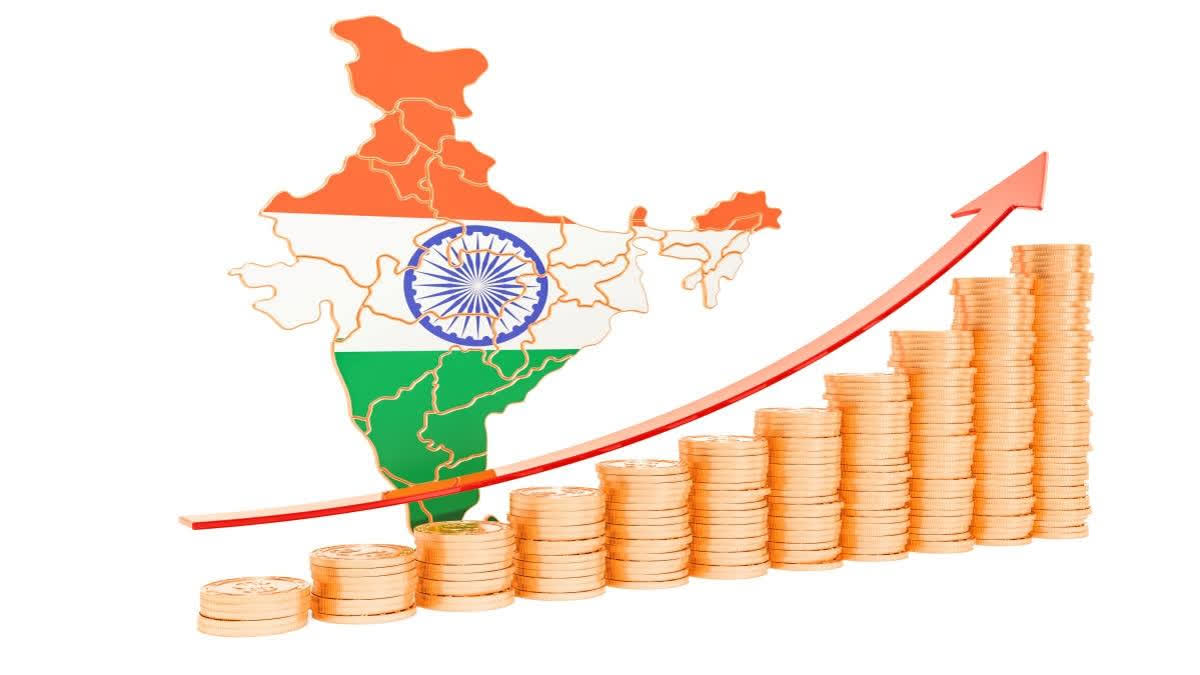India, the world’s fifth-largest economy, has faced a turbulent year in 2024 marked by a combination of global challenges and domestic issues which saw a national election bring back Prime Minister Narendra Modi’s government for a third time, but with a reduced majority. The national election outcome reflects policy continuity, but with a need to build consensus among key alliance partners-- Bihar’s Chief Minister Nitish Kumar and Andhra Pradesh's Chief Minister N Chandramohan Naidu.
In addition to the changed political landscape, the Indian economy continued to face global challenges and uncertainty caused by the Russia-Ukraine war in Europe and Israel and the Hamas-Hizbollah-Iran conflict in the Middle East, one of the primary sources of the country’s energy imports.
Moreover, the country continued to face domestic challenges on the economic front such as a disruption in crop patterns caused by a prolonged monsoon that was triggered by the Al-Nino effect in the Indian Ocean.
This weird weather pattern led to a spike in food prices, particularly in the prices of fruits and vegetables that resulted in high retail inflation, which led the country’s central bank-- the Reserve Bank of India--to maintain elevated benchmark interest rates in the country, which has partly been blamed for a sharp plunge in the country’s GDP growth rate in the second quarter (July-September 2024 period) of the current fiscal.
However, despite all these challenges such as high inflation, global uncertainties, geopolitical tensions and supply chain disruptions India’s economy has shown remarkable resilience as it remains one of the fastest-growing major economies in the world and as per official government estimates expected to grow by 6.5 per cent in the current financial year.
India’s GDP Growth: A Bright Spot Amid Global Challenges
India’s economic growth in 2024 has been a standout feature in a world struggling with slowdowns. According to the data released by the Reserve Bank of India (RBI) and the Ministry of Finance, India’s Gross Domestic Product (GDP) growth rate is projected to reach approximately 6.2 per cent to 6.5 per cent in the FY 2024-25 (April 2024 to March 2025 period) respectively.
It will outpace many other major economies, including the US, China and the Eurozone. This performance has been largely driven by strong domestic demand, infrastructure development and resilient consumption patterns.
India’s economy was expected to do even better this year, but there was a sharp plunge in the second quarter (July-September 2024 period) due to a variety of reasons, which are still debated by economists and experts.
